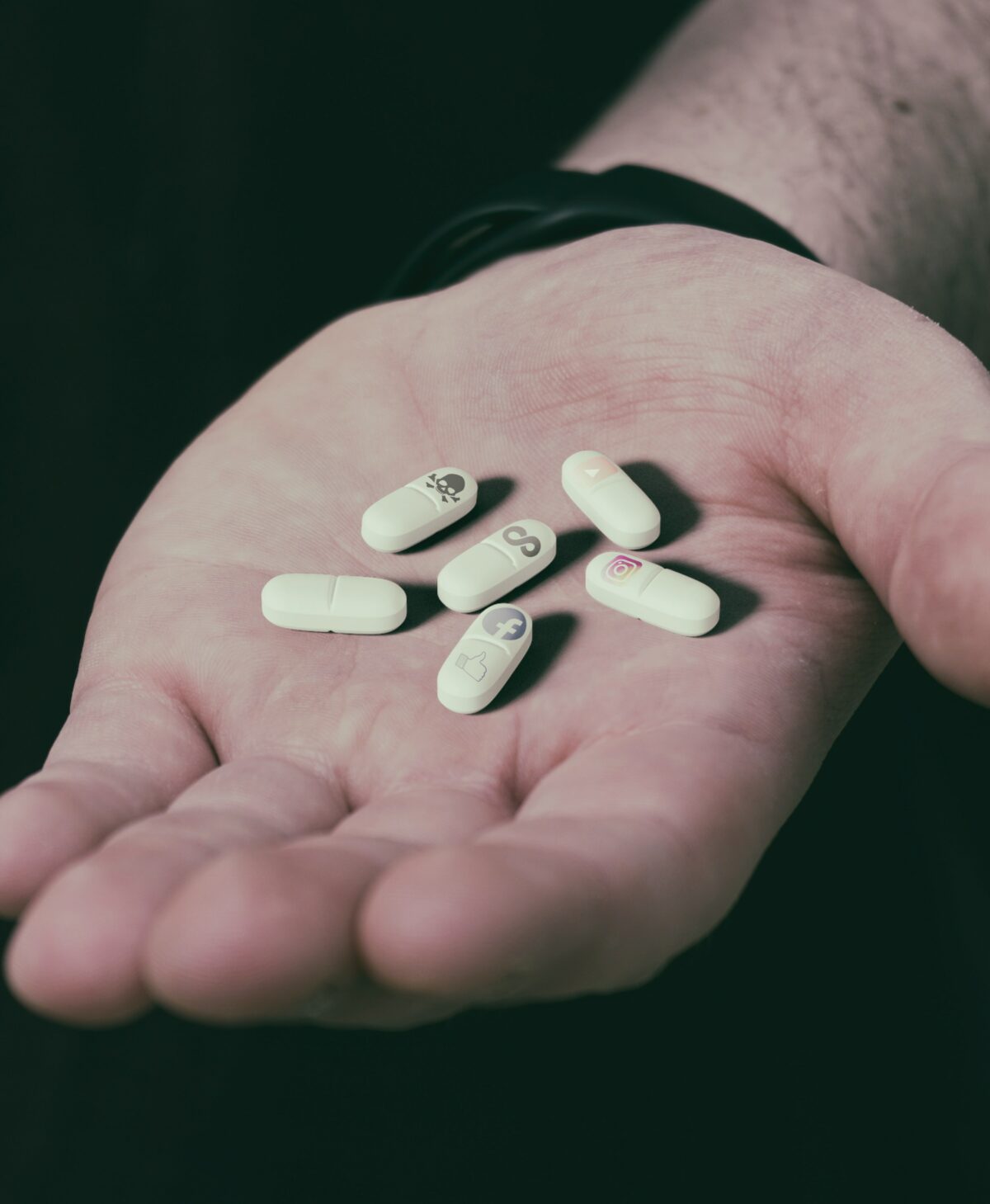SHARE
Addiction is a complex and chronic disease that affects millions of people worldwide. Even so, many misconceptions remain. This article attempts to provide answers to some of the whys and hows of addiction.
Who is at risk for addiction?
Anyone can become addicted. Nonetheless, some risk factors significantly increase the odds of addiction.
Genetics account for 50 – 75% of the risk of addiction, the main reason why addiction tends to run in families. Children of addicts are twice as likely to become addicts.
Environmental factors play a huge role in addiction. Victims of physical, sexual, or emotional abuse and people with family or friends who suffer from addiction are likelier to struggle with addiction.
Other risk factors include personality traits, brain characteristics, and psychological issues, such as anxiety and depression.
Keep in mind that just because you have one or more of these risk factors doesn’t mean you will become addicted. It means you need to be cautious about using addictive substances even if prescribed by a health professional.
What does addiction look like?
The three main signs of addiction are cravings, loss of control over the use of the substance, and continued use of the substance despite knowing better. However, you can find the specific signs and symptoms of the nine types of addictions in the Diagnostic and Statistical Manual of Mental Disorders.
How is addiction a disease?
When addiction research first began, scientists believed that people who suffer from addiction were morally flawed and lacked willpower. That belief has since changed, and the scientific consensus now is that addiction is a brain disease.
Addiction can take over and modify brain structure and function. The brain registers pleasure by releasing dopamine. The trouble is that the brain cannot differentiate between pleasure that comes from a harmless experience like enjoying a good meal or a harmful one like using heroin. To the brain, dopamine is dopamine, regardless of the source.
However, dopamine release from the use of addictive substances is faster, more intense, and more reliable. Addiction floods the brain with dopamine, and the brain responds by turning off some of the dopamine receptors, forcing the person to increase the dosage to recreate the feeling they had the last time.
How is addiction treated?
It takes more than willpower to overcome an addiction. In a country where about 8% of the population has a substance use disorder, treatment is an essential part of breaking the addiction cycle. Treatment for addiction usually includes detoxification, counseling or therapy, rehabilitation programs, support groups and/or medication. For a directory of recovery resources CLICK HERE
Addiction is a complex disease that many people barely understand. If you or someone you know struggles with addiction, please seek help as soon as possible.

